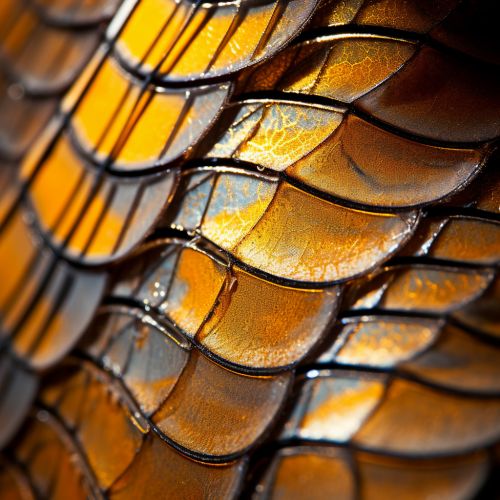Insect Flight Mechanics
Introduction
Insect flight mechanics is a complex field of study that encompasses the principles of aerodynamics, physics, and biology. This article will delve into the intricate details of how insects fly, the unique adaptations that enable them to do so, and the various flight modes they employ.
Anatomy and Adaptations
Insects, members of the class Insecta, are characterized by their three-part bodies, three pairs of jointed legs, compound eyes, and one pair of antennae. However, it is their wings, usually two pairs, that are of particular interest when studying insect flight mechanics.
Insects have evolved a variety of wing adaptations that enable them to fly. These include the development of elytra, hardened forewings found in beetles, and halteres, small knobbed structures that replace the hind wings in flies and provide balance during flight.


Aerodynamics of Insect Flight
The aerodynamics of insect flight is a complex phenomenon that involves the interaction of the insect's wing structure, wing movement, and the surrounding air. The wings of insects are not rigid structures; they flex and twist during flight, which contributes to the generation of lift and thrust.
Lift and Thrust
Lift in insect flight is generated by both the Bernoulli's principle and the creation of vortices. The Bernoulli's principle states that an increase in the speed of a fluid corresponds with a decrease in pressure. In the context of insect flight, the fluid is air, and the wings moving through the air create the necessary speed increase.
Thrust, the forward force that propels the insect through the air, is generated by the downward and backward stroke of the wings. The angle at which the wings meet the air, known as the angle of attack, is also crucial in generating both lift and thrust.
Wing Kinematics
Wing kinematics refers to the study of the motion of insect wings during flight. Insects employ a variety of wing stroke patterns, including the figure-eight stroke, the clap-and-fling mechanism, and the rotational mechanism.
Flight Modes
Insects exhibit a variety of flight modes, including hovering, forward flight, and maneuvering flight. Each of these flight modes requires different wing movements and aerodynamic forces.
Hovering
Hovering is a flight mode where the insect remains stationary in the air. This is achieved by beating their wings in a figure-eight pattern, which generates lift throughout the entire wingbeat cycle.
Forward Flight
In forward flight, insects generate more thrust than in hovering by tilting their stroke plane forward. This means that a larger portion of the wing stroke is directed backwards, propelling the insect forward.
Maneuvering Flight
Maneuvering flight involves changes in direction and speed. Insects achieve this by altering their wing kinematics, such as changing the wingbeat frequency, the angle of attack, or the stroke plane angle.
Conclusion
Insect flight mechanics is a fascinating field that combines elements of biology, physics, and aerodynamics. The ability of insects to fly is due to a complex interplay of anatomical adaptations, wing kinematics, and aerodynamic principles. This has resulted in a diverse array of flight modes, each suited to the insect's specific needs and environment.
